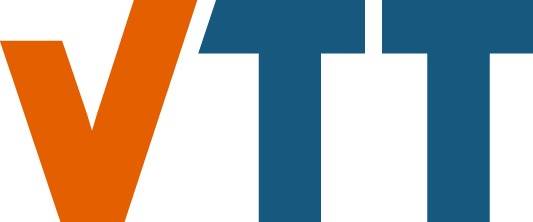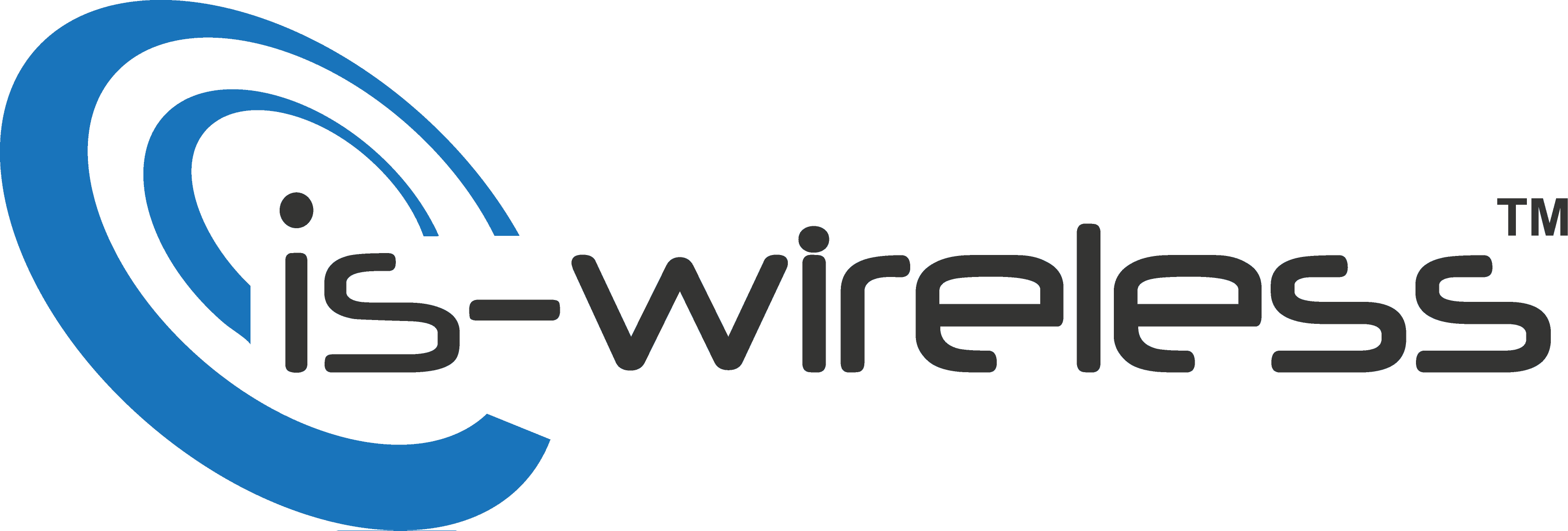The aim of the EuWireless project is to study the technical, legal and economic solutions that encourage mobile network providers to share their infrastructures with universities, research centres and small businesses.
Project overview
This project comes under the framework of new infrastructure designs resulting from European research. The consortium comprises the University of Málaga (coordinator), VTT (Finland), DEKRA Testing and Certification (Spain), NORDUnet (Denmark), IS-wireless (Poland) and Time.lex (Belgium).
The ultimate result of the project is to design a virtual operator for European-wide research to act as the broker between the commercial operators and the research community. The creation of this virtual operator will necessarily imply the development of software to link the operators with the deployed points of presence belonging to EuWireless, in those areas of Europe where the service will be offered.
Role of IS-Wireless
Contribution to Spectrum sharing research, collecting requirements for the EuWireless operator. Development of 5G NR model and cooperation on the system architecture (especially for the C-RANvRAN paradigms). Participation in integration activities.
Main contributions
IS-Wireless is mainly focusing on solutions for spectrum sharing (T2.2) and delivering 5G NR based spectrum sensing solution.
Another contribution of IS-Wireless is the appropriate design of RAN-Controller which has to be spectrum management friendly. Especially the interaction of RAN-Controller is designed by ISW with the GTS (Geant Testbed Services) in order to enable federated connectivity of remotely available.
ISW was also responsible for management of requirements collection in the first phase of the project.
- D1.1 Technical and operational requirements More details
- D1.3 Enabling technologies More details
- D2.1 Initial EuWireless architecture More details
Contribution pending:
- Final EuWireless architecture (D2.2)
- Technical enablers for spectrum sharing (D2.3)
- Validation with use cases (D3.1)






